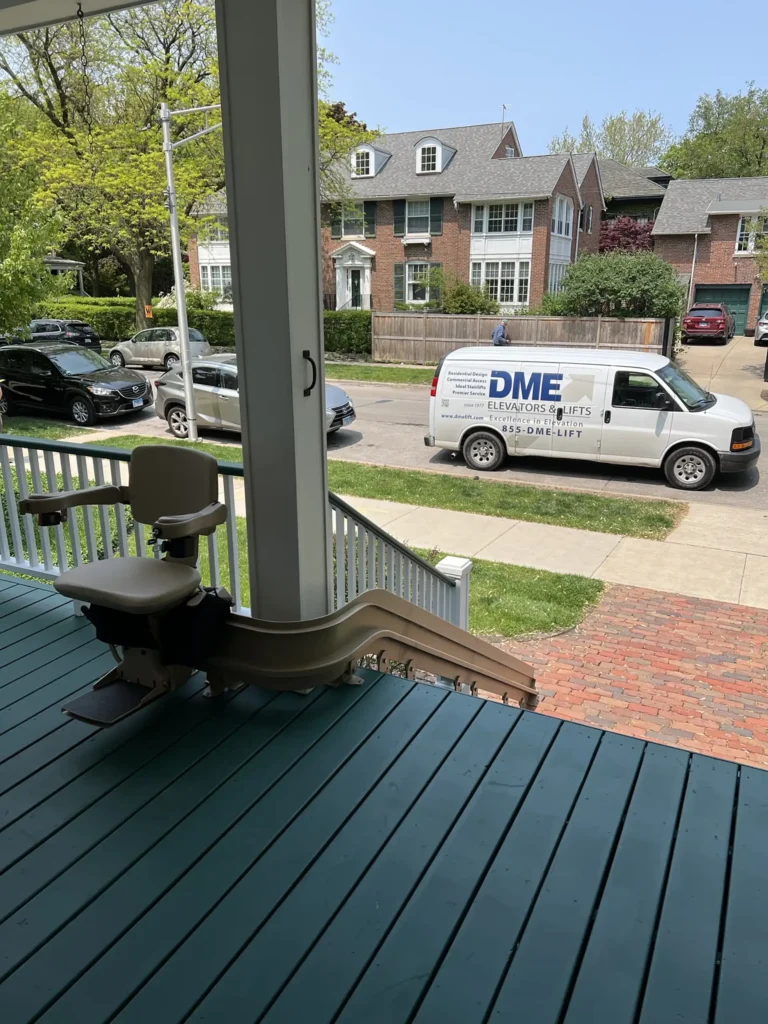Ideal Lift Maintenance Company Options Near Me for Specialist Lift Repairs
Ideal Lift Maintenance Company Options Near Me for Specialist Lift Repairs
Blog Article
Comprehensive Guide to Elevator Equipments and Their Maintenance
Navigating the intricate globe of lift systems and their maintenance is a job that demands precision and knowledge. From the numerous kinds of lift systems in usage to the meticulous adherence to safety and security regulations, the maintenance of these upright transport tools is a diverse venture. As buildings soar greater and innovation advancements, the need for a comprehensive understanding of lift systems becomes significantly important. Join us as we unravel the intricacies of elevator upkeep, exploring usual issues, ideal practices, and sophisticated innovations that form the contemporary landscape of upright transportation.
Kinds Of Elevator Systems
The most common types include hydraulic elevators, traction elevators, machine-room-less elevators, and vacuum elevators. Hydraulic elevators are perfect for low-rise buildings and use a hydraulic piston to move the elevator vehicle. Machine-room-less elevators are a space-saving option as they do not require a separate machine space for the elevator machinery.
Each type of lift system has its very own benefits and downsides, making it vital for structure owners and developers to thoroughly consider their particular requirements before selecting the most suitable option. Factors such as constructing elevation, room schedule, power effectiveness, and budget plan constraints all play a significant role in establishing the very best lift system for a specific building.
Usual Maintenance Concerns
Routine upkeep of lift systems is vital to make certain smooth procedure and prolong their lifespan. In spite of routine maintenance, elevator systems can still encounter usual maintenance concerns that require to be quickly dealt with to stop disturbances in service. One of one of the most frequent concerns is door malfunctions. Elevator doors might get misaligned, bring about problems with opening and closing effectively. This can cause hold-ups and safety and security risks, calling for immediate interest from upkeep technicians. One more usual problem is connected to the lift's leveling precision. If the elevator doesn't line up appropriately with the floorings, passengers may experience tripping dangers and pain. Furthermore, concerns with the control system, such as sensing unit problems or electrical problems, can trigger the lift to breakdown or quit functioning altogether. Regular assessments and aggressive upkeep can help identify and solve these common maintenance problems prior to they rise and influence the overall performance of the lift system.
Security Regulations and Compliance
Following rigid security regulations and ensuring conformity with market standards are paramount for keeping the operational integrity of lift systems. Elevators are subject to a thorough collection of safety laws to protect passengers, upkeep personnel, and the basic public. Regulative bodies such as the Occupational Safety and Wellness Administration (OSHA) in the USA and the European Lift Association (ELA) in Europe develop standards that cover various facets of elevator layout, maintenance, procedure, and setup.
Compliance with these guidelines is not just a lawful need but also a moral responsibility for building owners and lift upkeep business. Normal examinations, upkeep checks, and adherence to safety protocols described in the policies are necessary to make certain the efficient and safe operation of elevator systems.
Best Practices for Upkeep

Building proprietors should additionally think about spending in modernization upgrades to enhance the effectiveness and safety of their lift systems. By following these ideal practices, lift systems can operate efficiently and safely, supplying dependable upright transportation for passengers.

Advanced Technologies for Performance
Applying sophisticated modern technologies in lift systems can dramatically boost functional performance and traveler experience. lift maintenance london. Among the crucial improvements in elevator technology is the introduction of location control systems. These systems permit travelers to input their preferred floor prior to getting in the elevator, which then routes them to one of the most effective important link automobile. By optimizing and minimizing unneeded quits travel courses, location control systems decrease wait times and congestion in high-traffic structures.
Moreover, the assimilation of smart sensing units and predictive upkeep capabilities has actually transformed lift upkeep. These sensing units can detect prospective issues before they rise, allowing aggressive maintenance treatments and reducing downtime. In addition, the use of regenerative drives and energy-efficient components helps in reducing power consumption and operating prices in elevator systems.
Moreover, the execution of cloud-based monitoring and remote diagnostics enables real-time monitoring of elevator efficiency and prompt troubleshooting of any malfunctions. This aggressive approach not only enhances system integrity but likewise boosts the total user experience by making sure continuous and smooth lift procedures.
Conclusion
To conclude, comprehending the various sorts of lift systems, common maintenance problems, security regulations, ideal upkeep techniques, and progressed technologies for effectiveness is crucial for guaranteeing the smooth procedure of lifts. By adhering to safety policies and executing finest techniques for maintenance, building owners can extend the life expectancy of their lift systems and make certain the safety and security of guests. It is essential to stay updated on the current advancements in elevator innovation to boost performance and integrity.
The most usual kinds consist of hydraulic lifts, grip lifts, machine-room-less lifts, and vacuum lifts. Go Here Hydraulic lifts are optimal for low-rise buildings and utilize a hydraulic piston to relocate the elevator auto. Machine-room-less elevators are a space-saving option as they do not call for a different equipment room for the elevator equipment. Regular assessments and aggressive upkeep can help identify and settle these usual maintenance issues prior to they rise and affect the overall efficiency of the elevator system.

Report this page